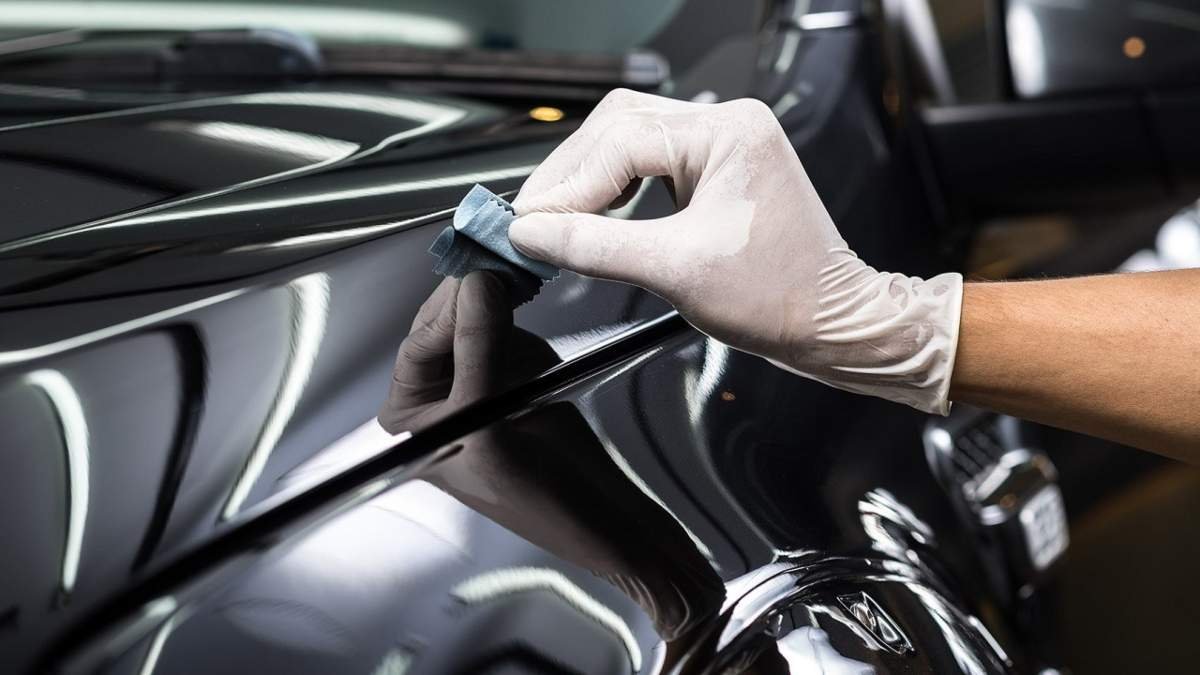Window tinting is the process of applying a skinny, transparent film to the windows of a vehicle, constructing, or different glass surfaces to reduce back the amount of seen mild and warmth that passes by way of. Window tinting serves a number of functions, including privacy, lowering glare, enhancing the aesthetics of a car or constructing, and blocking ultraviolet (UV) rays. Here are some key aspects of window tinting:
Automotive Window Tinting:
Privacy: Window tinting in vehicles can provide privacy for occupants, making it tough for people exterior to see into the car.
Solar Heat Reduction: Tinted windows can block a major quantity of photo voltaic warmth, making the inside cooler and more snug.
Glare Reduction: Tinted windows scale back glare from the sun, headlights, and other sources of bright light, enhancing visibility and security.
UV Protection: Most window tints block a substantial percentage of harmful UV rays, which helps protect the automobile's inside and the skin of the occupants.
Interior Protection: Tinting may help prevent fading and injury to the inside of the vehicle attributable to UV rays and warmth.
Residential and Commercial Window Tinting:
Energy Efficiency: Window tinting in homes and industrial buildings can enhance vitality effectivity by decreasing heat transfer, leading to lower cooling costs.
Privacy: Tinted home windows can enhance privateness by limiting the view into the building from the outside.
UV Protection: Like automotive tints, residential and business tints present protection against UV rays, serving to to safeguard furnishings and reduce the danger of skin most cancers.
Glare Reduction: Window tints cut back glare, making a extra comfortable and productive indoor surroundings.
Aesthetics: Tinted home windows can enhance the aesthetics of a building and enhance its curb enchantment.
Types of Window Tinting Film:
Dyed Film: This sort of film accommodates dye that absorbs solar heat and reduces glare. It is typically cheaper however may not be as efficient as other types.
Metalized Film: Metalized window tinting film displays solar warmth and offers good UV safety. It could be more sturdy and effective than dyed movie.
Carbon Film: Carbon movie is understood for its distinctive heat-rejection properties and doesn't intrude with electronic units like some metalized films can.
Visit the website : Ceramic films are thought of top-tier in phrases of efficiency. They are non-metallic, providing glorious heat discount and UV safety without interfering with indicators from electronic devices.

It's necessary to be aware that window tinting regulations vary by location, and there may be authorized limits on how dark the tint can be on autos and buildings. Violating these laws can lead to fines and authorized consequences. It's advisable to seek the advice of local laws and laws earlier than getting window tinting done to make sure compliance. Professional installation is really helpful for a clean and effective software, particularly for automotive window tinting, to guarantee that the home windows maintain their functionality and visibility..
